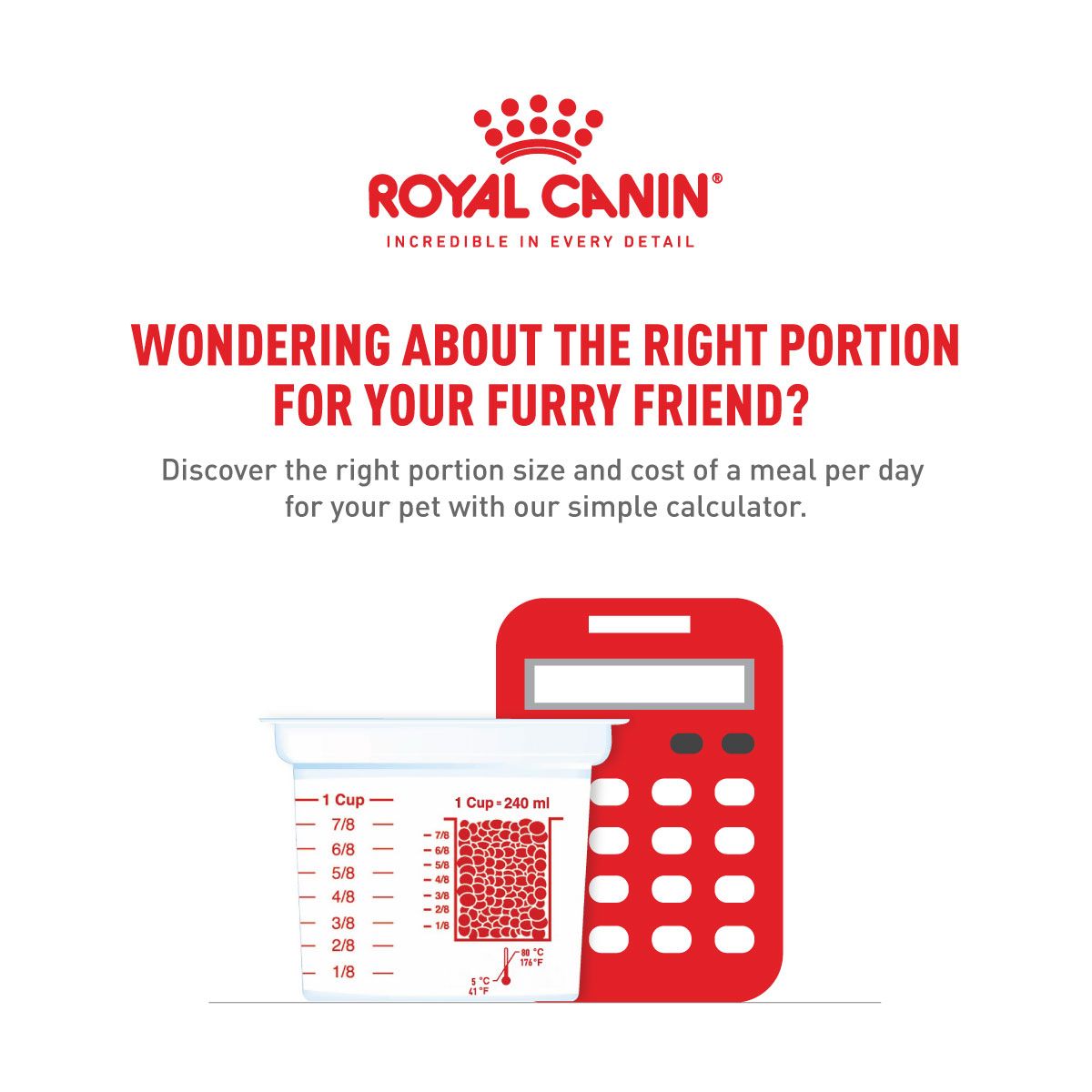First days and weeksWITH YOUR PUPPY
Welcoming a new puppy to your home is so exciting, but the early days can also be stressful for both you and them. Here are some things to bear in mind to help your puppy settle.

Your puppy’sFIRST DAY WITH YOU
It’s a big day for your puppy when they leave their mother and litter. To help them feel. happy and at home with you, follow these key tips.
Puppies like to know what to expect. Plan what your routine will be for feeding, toilet trips, exercise and grooming, then you can get started on day one. If you know what routine the breeder was following before collection, it's best to continue with this for consistency until your puppy is settled.
Your puppy’sFIRST DAY WITH YOU
It’s a big day for your puppy when they leave their mother and litter. To help them feel. happy and at home with you, follow these key tips.
Puppies tire very easily and need lots of sleep for their healthy development and wellbeing, so it's important to give them plenty of opportunites to rest. At first, they need as much as 18 t0 20 hours' sleep every 24 hours. They will reduce to arround 12 to 14 hours as they enter adulthood.
How to feed YOUR PUPPY AT FIRST
The first time you feed your puppy is a key milestone. Understanding what they need at this time will help you make sure it’s a positive experience.
The safe way to CHANGE YOUR PUPPY’S DIET
Puppies have delicate digestive systems that don’t respond well to sudden changes. When you’re ready to change their food, it’s important you do it carefully and slowly to avoid causing a stomach upset. See our guide for how to change your puppy’s diet safely.
Take your PUPPY TO THE VET
You may need to take your puppy for a check-up after their first few days settling with you. The vet will set up a vaccination schedule for them, as they’ll need to be vaccinated before they can mix with other dogs. And they can also advise you on everything from worming to nutrition.

Your puppy's FIRST VISIT TO THE VET
If you are unsure about their health status, taking your puppy to the vet for a check-up a few days after you bring them home is really important. If you're well prepared, it'll be a positive trip for your puppy. And it's also a good opportunity for you to learn more about how to care for them.
How to introduce your puppy TO ADULTS, CHILDREN AND PETS
Introducing your puppy to new people and other animals is a great way to prepare them for the encounters they'll face as they grow. But it's crucial to do it in the right way.

Brining a puppy home-HOW TO HANDLE THE JOURNEY
The journey home may be your puppy’s frst time in a car. It’s important they feel comfortable so they’re not anxious about future car rides. If possible, it’s best to take someone to comfort them while you’re driving.
Your puppy's FIRST WALK
Once your puppy’s completed their vaccination schedule, and your vet’s confrmed they can mix with other dogs, they’ll need to be walked twice a day. Their first walk is an important event for them, and one you’ll want them to enjoy so they feel confident about future walks.
Follow the steps below to help get your puppy’s walks off to a great start.
Between four and 16 weeks old, a puppy's brain is developing and they're more willing to accept new experiences. This makes it the ideal time to begin introducing them to new experiences and start basic training. Puppies that aren't introduced to different sights, sounds, smells, textures, people and pets can struggle with a range of behavioral and emotional problems as they grow.
View Puppy RANGES
Nutrition tailored to meet the specific needs of puppies of different ages, sizes and breeds.







